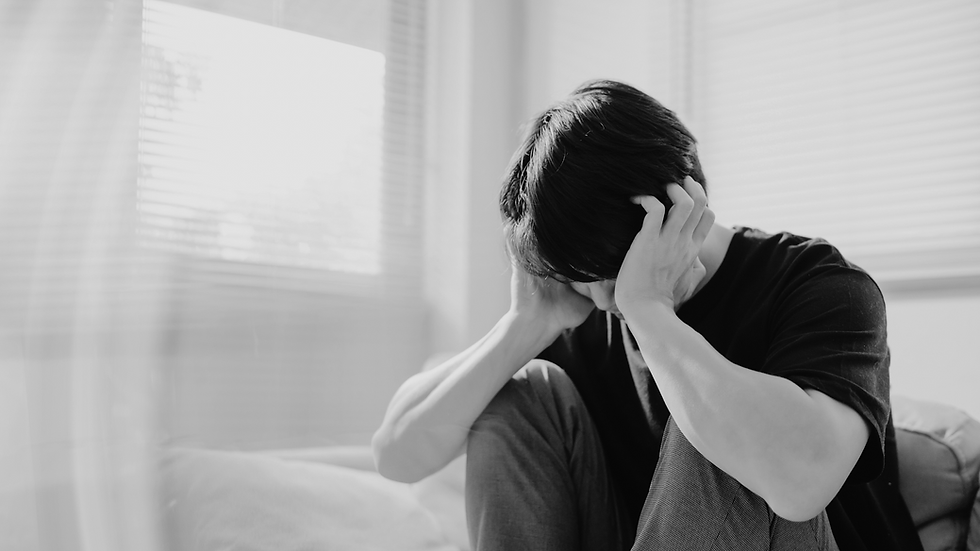Modern day slavery... of children
- zoejapan
- Nov 26, 2021
- 2 min read

Trafficking means to trade in something illegal.
There are many forms of trafficking, such as trading in illegal drugs or weapons. To trade in human beings is called human trafficking, or to be more specific, human trafficking is the exploitation of people through forced labor, or sexual exploitation by means of force, fraud, or coercion.
It is modern day slavery.
But how big is this problem really? Wasn’t slavery abolished decades ago?
There are an estimated 40.3 million people that are victims of modern slavery, including 24.9 million in forced labor and 15.4 million in forced marriages.
1 in 4 victims are children. [1]
Despite millions being exploited in plain sight, it can be hard to recognize for the untrained eye! That is why it is a crucial that we equip ourselves with the basic knowledge so that we can become part of the solution.
Human trafficking can be categorized into sex trafficking, labor trafficking, organ trafficking and child trafficking, and although there are different trends in different countries, human trafficking happens in every country in the world. Majority of victims are women and girls, but the number of trafficked men and boys seems to be rapidly increasing.
At ZOE Japan, our goal is to rescue children under 18 from human traffickers and give them a hope and a future. To combat such a terrible crime against children, we first need to understand the various forms of exploitation that they are subjected to.
The most common in Japan is CSEC, or Commercial Sexual Exploitation of Children. This includes:
Exploitation of children for prostitution; and
child pornography, more accurately described as child sexual abuse imagery
Unusual for Japan, but often found in developing countries, is forced labor or economic exploitation of children. This refers to any work that is likely to be hazardous or to interfere with the child’s education, or to be harmful to the child’s development, for example:
1. children working as domestic workers
2. debt bondage;
3. begging for money on the streets;
4. agricultural, industrial, or service labor; or
5. military service, where children are used as child soldiers.
In many cases, children are subjected to both sexual and labor exploitation.
It is important to recognize that traffickers don’t discriminate based on race, gender, religion or socio-economic status. Any child from any family could be at risk.
A common misunderstanding is that human trafficking is always cross-border, which assumes that children are sold and then transported to another country. And although that is certainly true in many cases, especially in developing countries where many children are living in poverty, it is not the whole truth. Many children are trafficked in their own country, or even in their own house by their own family members. That is why it is crucial for each one of us to learn the signs so that we can recognize it in our own communities and become part of the solution.
There are many valuable resources on our ZOE website where you can learn more! Check out eng.goZOE.jp/resources
[1] Source: Global Estimates of Modern Slavery: Forced Labour and Forced Marriage , Geneva, September 2017.





Comments